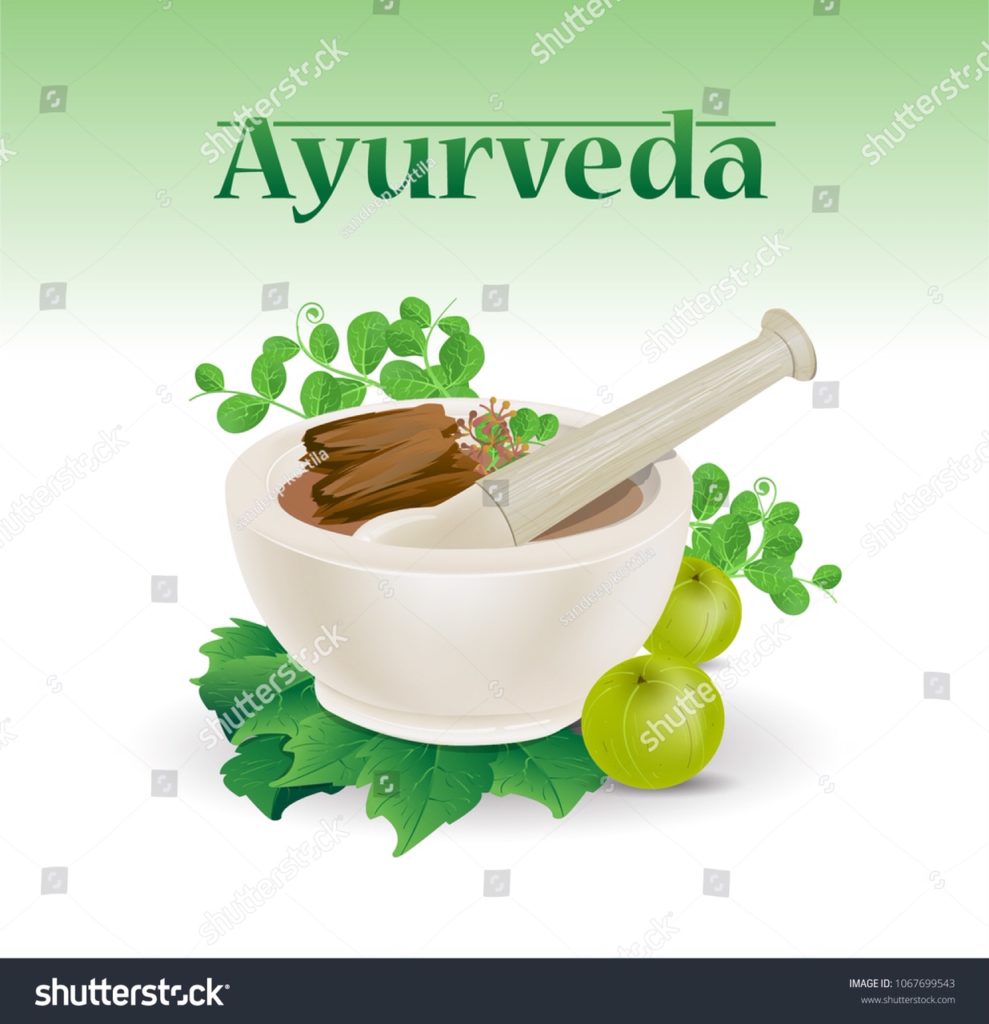Capsule Summary
Role of Ashwagandha in Reducing Anxiety
The root of Ashwagandha has multiple properties and has been widely used in Ayurveda.
Some of its known uses are:
• The root of Ashwagandha is regarded as tonic, aphrodisiac, narcotic, diuretic, anthelmintic, astringent, thermogenic, and stimulant.
• It is commonly used in emaciation of children (when given with milk, it is the best tonic for children),
• Debility from old age, rheumatism, vitiated conditions of Vata, leucoderma, constipation, insomnia, nervous breakdown, goiter, etc.
• The paste formed when roots are crushed with water is applied to reduce the inflammation at the joints.
• It is also locally applied in carbuncles, ulcers, and painful swellings.
Recently a study was carried out to understand the effects of Ashwagandha on reducing stress. The Summary of this study can be found below:
Study Design:
This was a prospective, double-blind, randomized, placebo-controlled study conducted at Risk Care Hospital, Thane, Maharashtra, India. The study population included adults between the age of 18-55 years. Participants were randomized into the three study groups through 1: 1: 1 randomization. A dose of 250 mg/day and 600 mg/day Ashwagandha root extract was used for the treatment groups respectively and the placebo group was given 250 mg/day starch for the entire study duration of eight weeks.
Key Study Results:
• Perceived Stress Scale (PSS) score Relative to the value at the baseline, the mean PSS was significantly lower (p < 0.05) in the Ashwagandha 250 group and also (p < 0.05) in the Ashwagandha 600 group. The reduction in mean PSS relative to the baseline was significant compared to the placebo group both for the Ashwagandha 250 group (p < 0.05) and in the Ashwagandha 600 group (p < 0.001).
• Serum cortisol (mcg/dL) At the end of the study, there was a significant decrease in serum cortisol levels in the Ashwagandha treatment groups compared to the placebo group
• Sleep quality assessment Relative to the value at baseline, the mean sleep quality score was statistically significantly higher (p < 0.05) in the Ashwagandha 250 group and also (p < 0.05) in the Ashwagandha 600 group. The increase in the mean sleep quality score, relative to the baseline was statistically significantly higher both in the Ashwagandha 250 group (p < 0.05) and in the Ashwagandha 600 group (p < 0.0001), than in the placebo group.
Conclusions:
Study findings suggested that eight weeks of supplementation of aqueous Ashwagandha root extract was associated with a significant reduction of stress levels in individuals and improved the overall quality of life. Hence, the use of this herb as a supplement for stress and anxiety management could be an excellent alternative option.
Information Source:
You can access the full article at https://pubmed.ncbi.nlm.nih.gov/32021735/
References:
Salve J, Pate S, Debnath K, Langade D. Adaptogenic and Anxiolytic Effects of Ashwagandha Root Extract in Healthy Adults: A Double-blind, Randomized, Placebo-controlled Clinical Study. Cureus. 2019 Dec 25;11(12):e6466. doi: 10.7759/cureus.6466. PMID: 32021735; PMCID: PMC6979308.
Information Source:
You can access the full article at https://www.nature.com/articles/s41598-022-08592-4
Disclaimer
The information presented in this article is for informational and educational purposesonly and does not substitute professional medical advice and consultation with healthcare professionals.
Copyright Reserved @2021
independent Publication from Biourbexer Solutions. Please contact us at Contact@biourbexer.com for any queries.
Capsule Summary
Balanced Crystalloids vs Normal Saline in Sepsis: A Metanalysis
• Normal saline is the most widely used crystalloid solution. There is emerging evidence suggesting that balanced crystalloids which have more physiological levels of sodium and chloride may have certain advantages over normal saline, particularly with regard to the development of hypercritical metabolic acidosis
• A recently published meta-analysis compared normal saline and balanced crystalloids in adults with sepsis.
Objective
Conduct a comprehensive systematic review and meta-analysis to include all relevant studies to assess the effect of Balanced Crystalloids vs Normal Saline on different clinical outcomes for adults with sepsis.
Study Methodology:
• A systematic search of PubMed, EMBASE, and Web of Sciences databases through 22 January 2022, was performed for studies that compared Balanced Crystalloids (BC) vs Normal Saline (NS) in adults with sepsis.
• Fifteen studies involving 20,329 patients were included in the analysis.
Study Results:
Study outcomes included mortality and acute kidney injury (AKI), need for renal replacement therapy (RRT), and ICU length of stay (LOS).

Conclusion
• Reduced mortality associated with Balanced Crystalloids compared to Normal Saline in patients with Sepsis.
• No significant differences in mortality between the groups when sub-group analysis of RCTs was conducted.
• There was no significant difference in the need for RRT or ICU LOS between BC and NS.
• Pending further data, the current study supports using BC over NS for fluid resuscitation in adults with sepsis.
• Further large-scale RCTs needed to validate the finding
Information Source:
You can access the full article at t https://www.ncbi.nlm.nih.gov/pmc/articles/PMC8133105/


